Nationality Norwegian Children Guy Fehn Role Architect | Name Sverre Fehn Occupation Architect | |
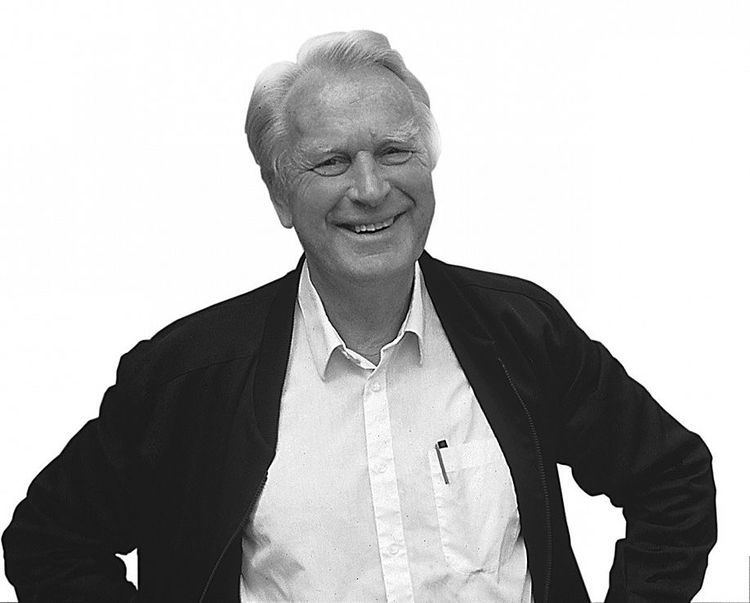 | ||
Awards Heinrich Tessenow Gold MedalPritzker Prize Spouse Ingrid Loberg Pettersen (m. 1952–2005) Books The Skin, the Cut, & the Bandage Similar People Philip Johnson, Arne Korsmo, Walter Gropius | ||
Sverre fehn norwegian architect documentary
Sverre Fehn (14 August 1924 – 23 February 2009) was a Norwegian architect. His highest international honour came in 1997, when he was awarded both the Pritzker Architecture Prize and the Heinrich Tessenow Gold Medal.
Contents
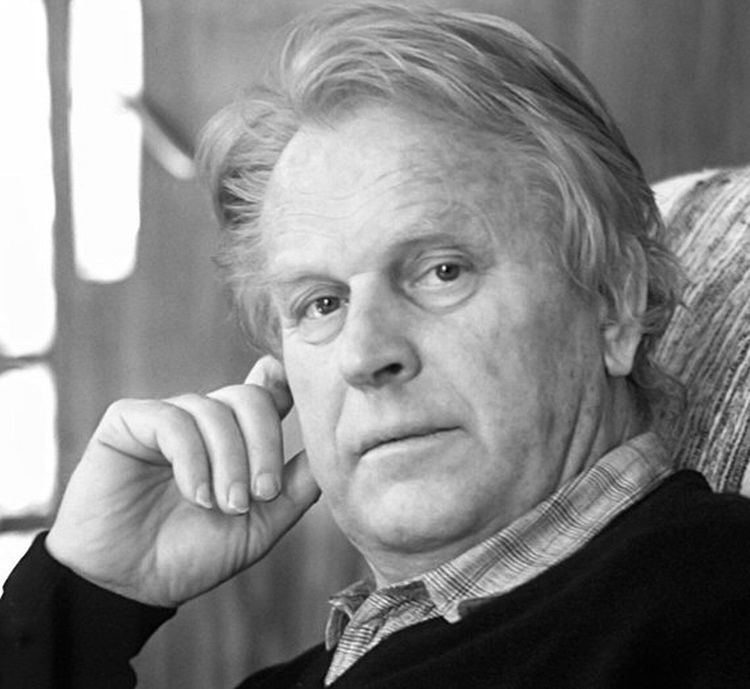
Sverre fehn schreiner house
Life
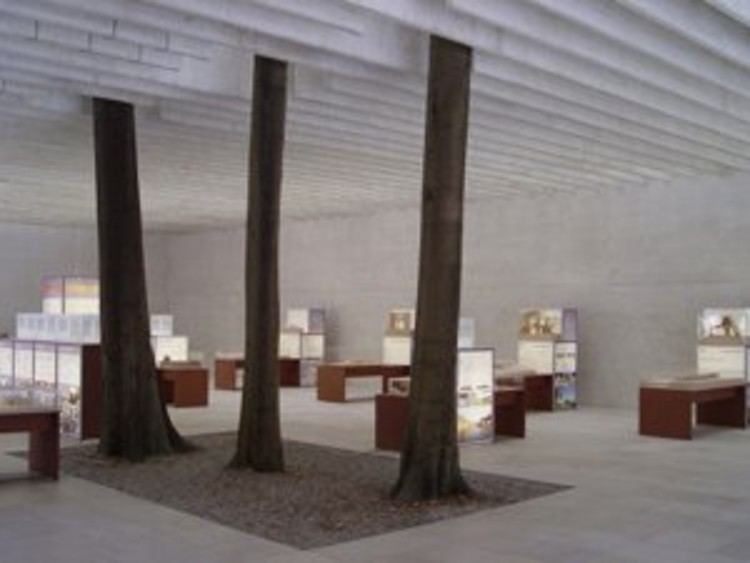
Fehn was born in Kongsberg, Buskerud. He received his architectural education shortly after World War II in Oslo, a crisis course that would later become an independent school under various names during the next decades, today known as the Oslo School of Architecture and Design. He quickly became the leading Norwegian architect of his generation.
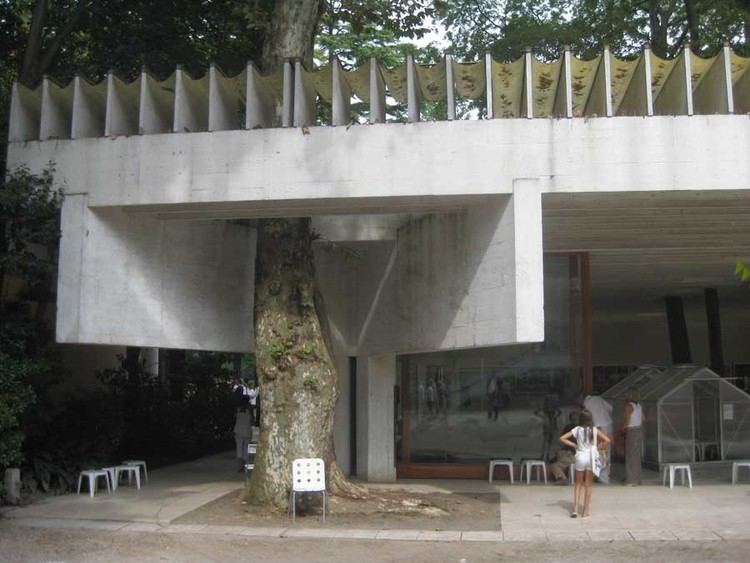
In 1952–1953, during travels in Morocco, he discovered vernacular architecture, which was to deeply influence his future work. Later he moved to Paris, where he worked for two years in the studio of Jean Prouvé, and where he knew Le Corbusier. On his return to Norway, in 1954, he opened a studio of his own. Most of his designs were unrealized and when he won the Pritzker Prize in 1997 11 of his buildings were completed.
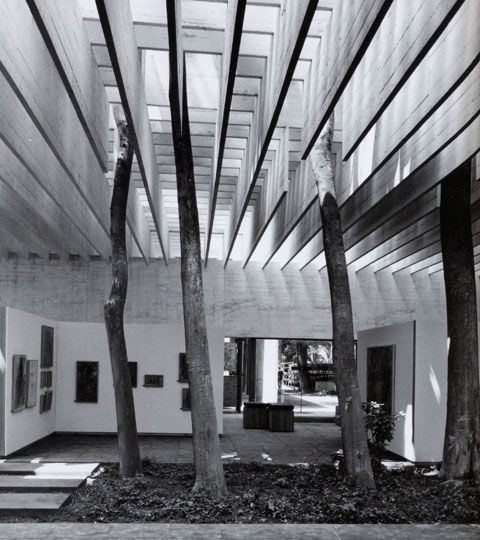
At the age of 34 Fehn gained international recognition for his design of the Norwegian Pavilion at the 1958 Brussels World Exhibition. In the 1960s he produced two works that have remained highlights in his career: the Nordic Pavilion at the Venice Biennale (1962) and the Hedmark Museum in Hamar, Norway (1967–79). Fehn's other notable works include Schreiner House in Oslo (1963) and Busk House at Bamble (1990); however, few of his projects were effectively built.
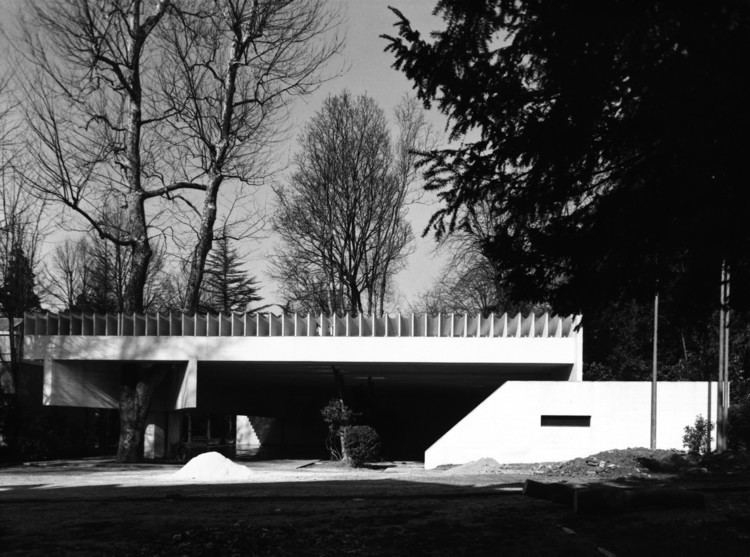
He taught in Oslo's School of Architecture from 1971 to 1995 as a professor and principal from 1986–1989, as well as at the Cranbrook Academy of Art in Bloomfield Hills, Michigan.
Projects
Fehn designed over 100 buildings; however, by the time he received the Pritzker in 1997 only 11 had been built. Some of the most notable are:
